Salient Warm Season Grasses of the Shortleaf Pine-Oak-Hickory Woodland Groundcover | PART 24/10/2020 In this post I will continue the list of the salient warm season grasses of the shortleaf pine-oak-hickory woodland. However, I remind you that there are numerous other grass species that are part of the ecosystem, so these seven grasses (three listed in the previous post and four in this one) represent only a few important “poster children” of the system.
0 Comments
Little bluestem (Schizachyrium scoparium) is the dominant “matrix” grass of our shortleaf pine-oak-hickory woodland grassland just as it is with the vast majority of all tallgrass prairie groundcovers whether in a prairie or a woodland or a savannah. Little bluestem is a warm season grass. Grasses are divided into cool season grasses that bloom and go to seed in the spring, and the warm season grasses that bloom and go to seed in fall; and some grasses are both. Little bluestem (Schizachyrium scoparium)
It was a grassland! I’ll get to that, but first a word about some of the North American grasslands of old. It’s difficult to imagine what it would be like to actually see and appreciate the vastness of the grassland prairies of the Great Plains because today they’re almost all plowed under and gone. However, there are still a few small remnants remaining as the last examples of unplowed prairie—and they are beautiful, historic vistas where the buffalo roamed and native American people followed the herds. Such preserved sites are well worth visiting. The Nature Conservancy’s Tallgrass Prairie Preserve, Northeastern Oklahoma.
Little Bluestem in foreground.
The eighth and last member of the Shortleaf Pine-Oak-Hickory Woodland Overstory is the shortleaf pine, Pinus echinata. The seven other members were the fire-resistant hardwood species consisting of the five oaks and the two hickories that I’ve shown in the last two blog posts. The Grand Potentate of the Overstory
In my previous post I showed you three of the seven upland hardwoods of the shortleaf pine-oak-hickory woodland overstory: post oak, white oak and southern red oak. The seven members are the fire tolerant hardwoods that can thrive in a hot-fire community of grasses and wildflowers, a grassland-under-the-trees groundcover of an open woodland that existed for thousands of years before its demise. It is virtually extinct now, having been destroyed over a time initially beginning with the European invasion that began in the fifteen hundreds and its destruction compounded over the years by the increase of population and technology that sped up the process.
These are the remaining four overstory members: blackjack oak, black oak, black hickory and mockernut hickory. In the next blog I will dwell a bit on the last member, the shortleaf pine, the grand potentate of the overstory. The overstory consists of relatively fire-resistant trees (recall that this woodland plant community was sustained by periodic hot fires). There are only eight true card-carrying members of the shortleaf pine-oak-hickory woodland overstory. They are post oak, white oak, southern red oak, black oak, blackjack oak, mockernut hickory, black hickory and the shortleaf pine. The first three are shown in this blog and the others will follow in future blogs addressing woodland grassland restoration. Post Oak; Quercus stellata
In this post, I’ll begin a discussion of some of the salient features of the shortleaf pine-oak-hickory plant community, the foundation of the ecosystem that I am in the process of restoring. It’s a big project in which I’ve been involved for more than a decade.
This ecosystem was the dominant plant community of the Upper West Gulf Coastal Plain Ecoregion, encompassing northwest Louisiana, southwest Arkansas, northeast Texas and southeast Oklahoma.
Millions of years before Twitter and Instagram and Facebook and email, before telephones and telegraphs and the postal service, the rodent forest-folk of Shadowshine: An Animal Adventure spread their news through the Canopy Connection. It was all they needed to stay informed and up to date.
|
Johnny Armstrong, Author
#Biodiversity advocate. Ecosystem Restorationist. Steward of an old-growth forest and woodland in northern Louisiana. #ForestFolkMatter #ScienceMatters Rescuing Biodiversity (publishing in June 2023) tells the story of Johnny's attempts at Wafer Creek Ranch to preserve a vanishing Louisiana ecosystem and restore the animal and plant species that once lived there.
“An avowed student of life and restoration ecology, Johnny Armstrong expertly teaches us how to restore an imperiled southern ecosystem based on deep research, firsthand experience, and delighted observation of the species that return to his beloved Wafer Creek Ranch. Driving his devotion is the alarming truth that loss of biodiversity poses a threat on par with climate change and his impassioned belief that society can alter that trajectory, one acre at a time.”
Cindy Brown, Executive Director Land Trust for Louisiana “Up there on your bookshelf between Tolkien and Watership Down is where this book belongs. As an anthropomorphic adventure that winds through the realm of animals possessing courage, savagery, perseverance, and ultimately wisdom in the face of mounting evil threats – humans disconnected from the natural world – the tale is relevant, if not necessary.”
Kelby Ouchley, Author Bayou Diversity: Nature & People in the Louisiana Bayou Country Find an Indie Bookstore
Archives
January 2023
Categories |
CONNECT WITH JOHNNY & THE FOREST-FOLK
JOIN US AT THESE SOCIAL NETWORKS
Shadowshine, An Animal Adventure
by Johnny Armstrong ISBN-10: 1771834609 ISBN-13: 978-1771834605 #ForestFolkMatter #BookstoRead #Fiction #Literature #LiteraryFiction #AnimalFiction |
|
Official Site of Shadowshine, An Animal Adventure ©Johnny Armstrong
Website Developed and Managed by Freelance Creative Support Services
Website Developed and Managed by Freelance Creative Support Services

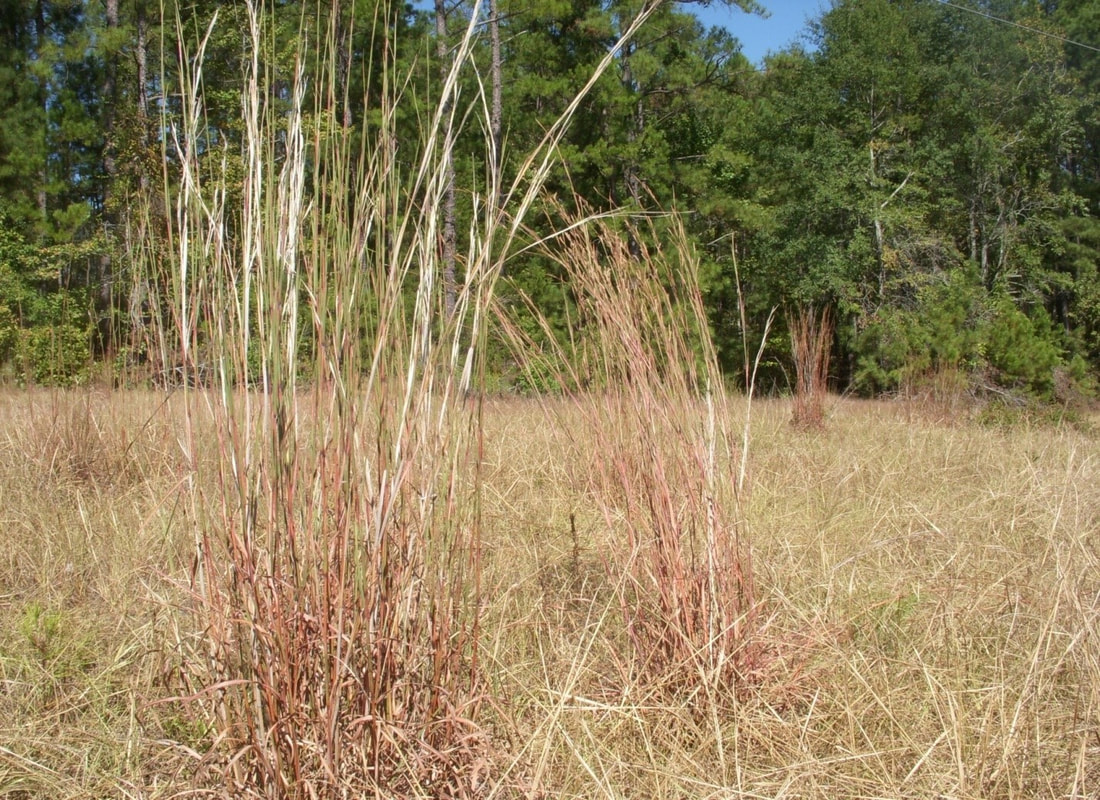
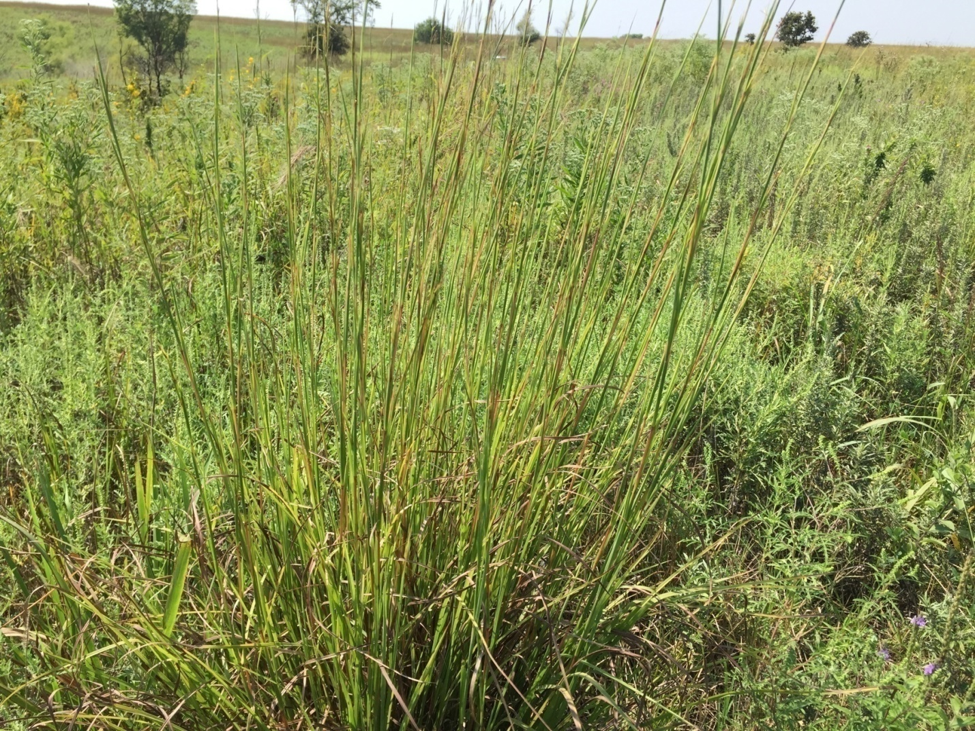
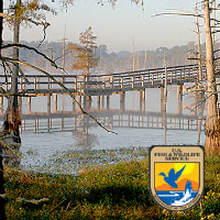
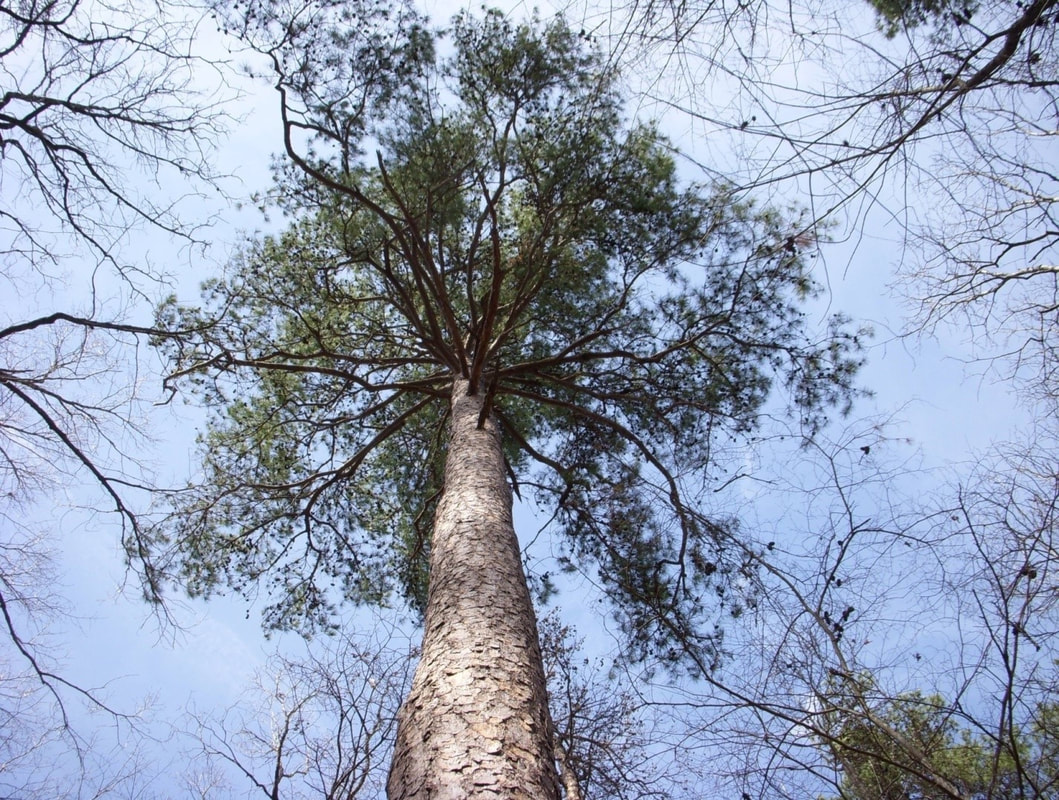
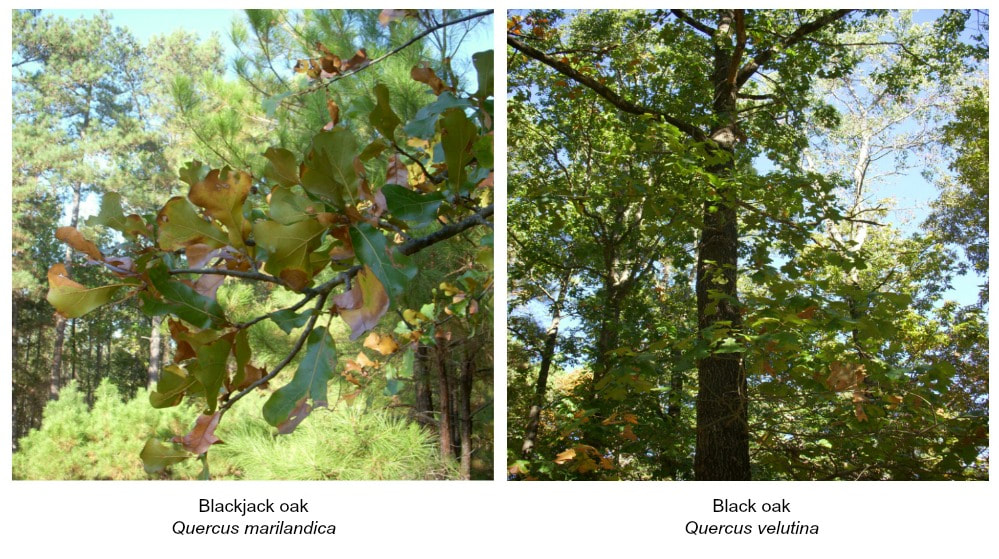
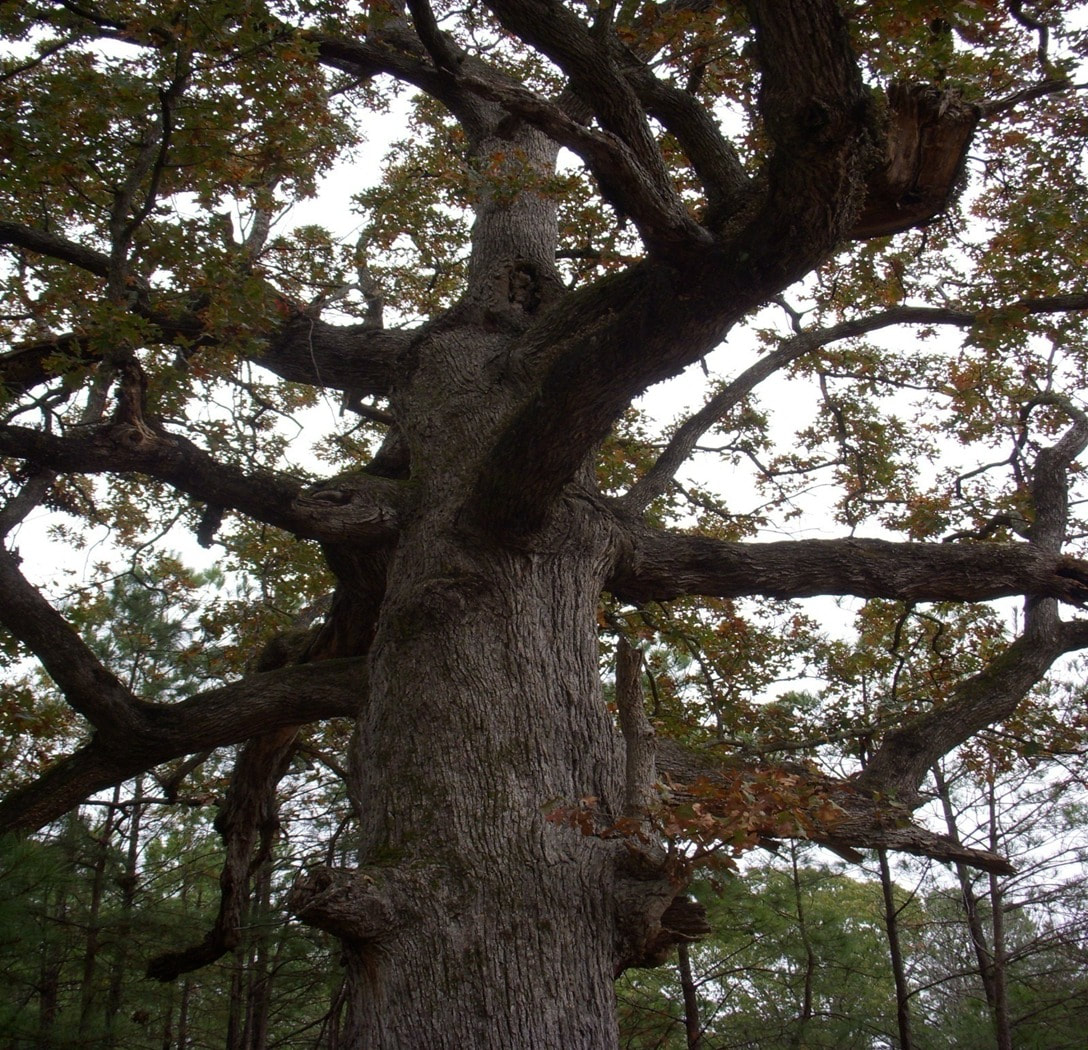
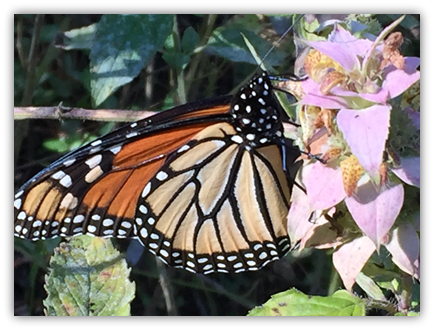
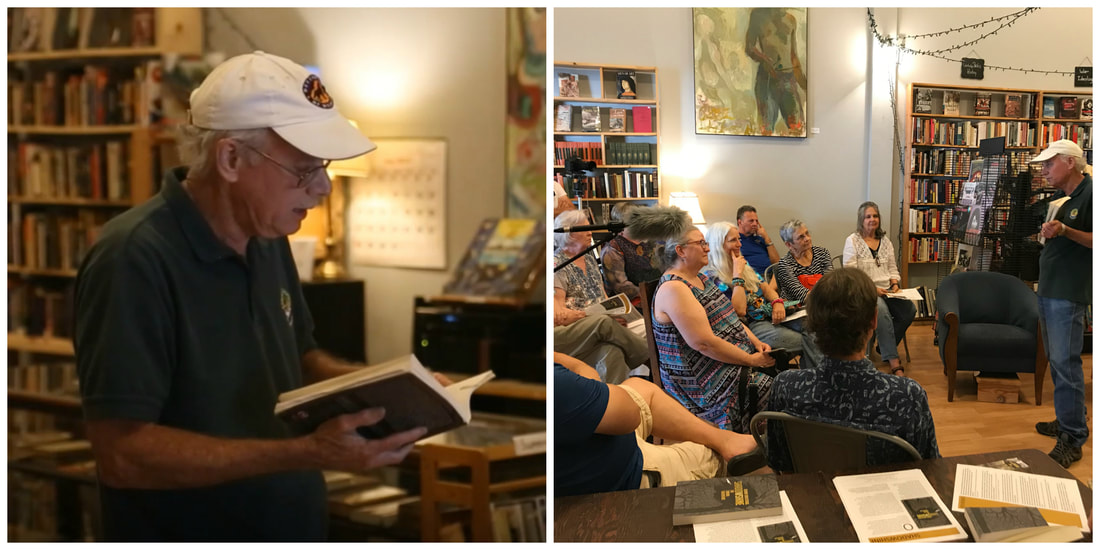
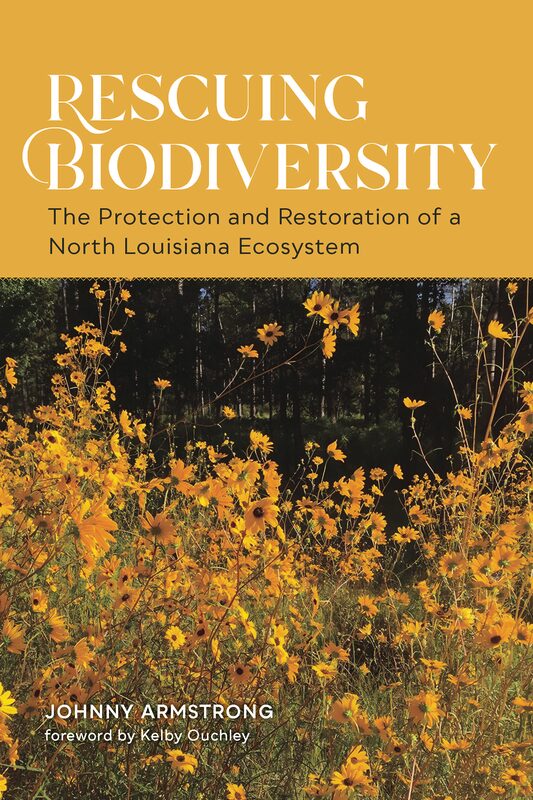
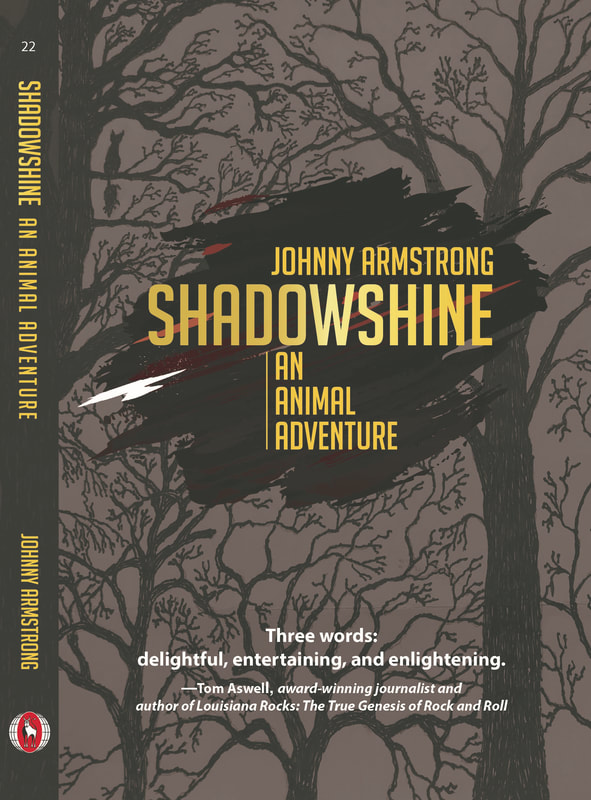

 RSS Feed
RSS Feed
